Limbic attention deficit disorder is one of the seven proposed subtypes of attention challenges described in Dr. Daniel Amen’s model. This framework is not part of the formal criteria used by the American Psychiatric Association (APA), which recognizes only three presentations of ADHD in the Diagnostic and Statistical Manual of Mental Disorders (DSM-5-TR).
While the mainstream clinical community does not identify limbic ADHD as an official category, the concept continues to appear in public discussions because it attempts to explain why some people experience a combination of attention difficulties and persistent low-mood patterns.
This article explores the theory, the neuroscience behind the limbic system, and what current evidence does and does not show.
What Is Limbic ADHD?
In the proposed model, limbic ADHD refers to a pattern in which attention-related challenges appear alongside mood-related shifts. According to the theory, people who fit this profile might show lower activation in regions that typically support focus and higher activation in areas of the limbic system, a set of structures involved in motivation and emotional tone.
The model suggests this imbalance could produce:
-
Difficulty sustaining attention
-
Reduced motivation
-
Shortened focus during routine tasks
-
Lower energy or persistent negativity
Because these features can resemble mood-driven states, the theory proposes that limbic ADHD may be confused with other emotional or motivational challenges.
It is important to note that this remains a conceptual framework rather than an established diagnostic subtype.
You must read about - adhd burnout and daily repetition
Understanding the Limbic System
The limbic system is a network of interconnected brain structures that influence emotional tone, memory formation, novelty detection, and motivation. These structures sit deep within the brain, just above the brainstem, and work alongside cortical regions involved in planning and executive function.
Commonly referenced components include:
-
Amygdala
-
Hippocampus
-
Parahippocampal gyrus
-
Cingulate gyrus
-
Fornix
-
Mammillary bodies
-
Olfactory bulbs
-
Entorhinal cortex
Because these regions help regulate mood and respond to stress, shifts in limbic activity can influence how a person engages with tasks, tolerates frustration, or maintains focus.
Some emerging studies have noted atypical development or functional differences in limbic circuits among children and adolescents with attention-related conditions. These findings do not validate the seven-subtype model, but they do highlight the limbic system’s possible contribution to attention and motivation.
Possible Symptoms Within the Limbic ADHD Theory
The theory outlines two sets of features: core attention-related difficulties and mood-linked characteristics.
Common attention-related features include:
-
Short attention span for routine or repetitive tasks
-
Frequent distractibility
-
Organizational challenges
-
Tendency to delay tasks
-
Difficulties completing projects
-
Impulsive decisions or comments
Mood-related characteristics suggested within the model include:
-
Lower mood or long-term sadness
-
Irritability
-
Preferring solitude
-
Lower sense of interest in hobbies
-
Feelings of guilt or discouragement
-
Disrupted sleep patterns
-
Low motivation or energy
These features reflect the theoretical interaction between attention networks and limbic circuits. Again, these are descriptive possibilities rather than official clinical criteria.
Is Limbic ADHD a Recognized Condition?
No.
The APA currently categorizes ADHD into three presentations:
-
Predominantly inattentive
-
Predominantly hyperactive-impulsive
-
Combined presentation
These categories are used in research, clinical settings, and formal assessments. They also account for the fact that individuals may experience mood changes, anxiety, or emotional sensitivity alongside attention-related challenges without the need for additional subtypes.
While some research explores how emotion-related circuits influence attention, mainstream guidelines have not adopted the seven-type model as a diagnostic tool.
Why the Limbic ADHD Theory Still Attracts Interest
Even without official recognition, the concept remains popular because it speaks to a common lived experience: attention challenges that fluctuate with stress, emotional states, and motivational patterns.
People who resonate with the description often report:
-
Feeling mentally “foggy” when stressed
-
Struggling with motivation despite wanting to achieve things
-
Experiencing dips in mood that immediately affect focus
-
Processing emotions intensely during periods of overwhelm
These patterns align with what neuroscience describes as the interplay between the limbic system and the brain’s predictive, goal-oriented networks. This dynamic interaction is well-documented, even though the seven-type framework is not formally accepted.
Supportive Approaches Within a Non-Medical Framework
While the term “limbic ADHD” is theoretical, the connection between emotional tone and attention is well understood. Many people explore non-pharmacological strategies that help regulate internal states before engaging in focus-heavy tasks.
Common approaches include:
-
Creating predictable routines that support cognitive stability
-
Using breath-based or sensory grounding to settle stress responses
-
Prioritizing consistent sleep–wake patterns
-
Structuring tasks into shorter intervals
-
Incorporating movement to re-engage motivation
-
Using tools designed to support calm focus through sensory stimulation (applied with appropriate safety awareness)
These strategies do not diagnose or treat any condition; instead, they help people manage the internal shifts that can influence attention and clarity.
Where the Theory Fits Within Current Science
Research continues to explore:
-
How limbic structures contribute to motivation
-
How stress influences attention networks
-
Why emotional tone shifts can change task engagement
-
How sensory input can stabilize or destabilize focus
These areas help explain why some individuals experience attention challenges that track closely with mood changes. While the limbic ADHD theory attempts to give this pattern a single label, the scientific landscape is broader and more nuanced.
How neuroVIZR May Support People Exploring Limbic Attention Patterns
 Although Limbic Attention Deficit Disorder is a theoretical model rather than a recognized diagnosis, many people do resonate with the idea that mood, stress, and emotional tone can strongly influence focus. Modern neuroscience supports this connection: the limbic system plays a significant role in motivation, prediction, and emotional regulation, all of which shape how easily the brain engages with tasks.
Although Limbic Attention Deficit Disorder is a theoretical model rather than a recognized diagnosis, many people do resonate with the idea that mood, stress, and emotional tone can strongly influence focus. Modern neuroscience supports this connection: the limbic system plays a significant role in motivation, prediction, and emotional regulation, all of which shape how easily the brain engages with tasks.
This is where neuroVIZR fits not as a treatment, not as a clinical intervention but as a structured sensory tool designed to gently influence internal states through light-and-sound patterns.
A Non-Pharmaceutical Approach to State Shifting
neuroVIZR uses dynamic patterns of light and sound to create what we describe as Brain Engagement short, guided sensory compositions that help the brain shift out of habitual loops and into states associated with clarity, steadiness, and renewed focus.
For people who experience attention challenges that fluctuate with emotional tone, this kind of structured sensory stimulation may offer:
-
A pre-task reset when focus feels sluggish
-
A gentle way to interrupt low-energy or ruminative loops
-
Short sessions that help create readiness before engaging in cognitive tasks
-
A drug-free method to support day-to-day self-regulation
Because the device works through predictive stimulation small, intentional variations that keep the brain engaged it avoids the habituation common with repetitive audiovisual tools.
Summary
Limbic attention deficit disorder is a proposed subtype from a non-mainstream model that aims to describe the overlap between attention challenges and mood-related patterns. The concept is not recognized by the American Psychiatric Association, and it is not used in formal diagnostic processes.
However, the underlying idea that limbic activity influences attention aligns with ongoing neuroscience research. Many people explore supportive, non-medical strategies to help regulate internal states and improve task engagement, especially when stress or emotional intensity plays a role in focus.
Disclaimer
The information in this article is for educational purposes only. It is not intended to diagnose, treat, cure, or prevent any condition. Limbic ADHD is a theoretical model and is not recognized as a formal diagnostic category by the American Psychiatric Association (APA). Any content related to neuroscience, mood patterns, or attention should be understood as general information, not medical guidance.
If you have questions or concerns about your health, attention, mood, or overall wellbeing, please consult a qualified healthcare professional.
neuroVIZR is a wellness-oriented sensory technology and does not replace medical care or clinical evaluation.










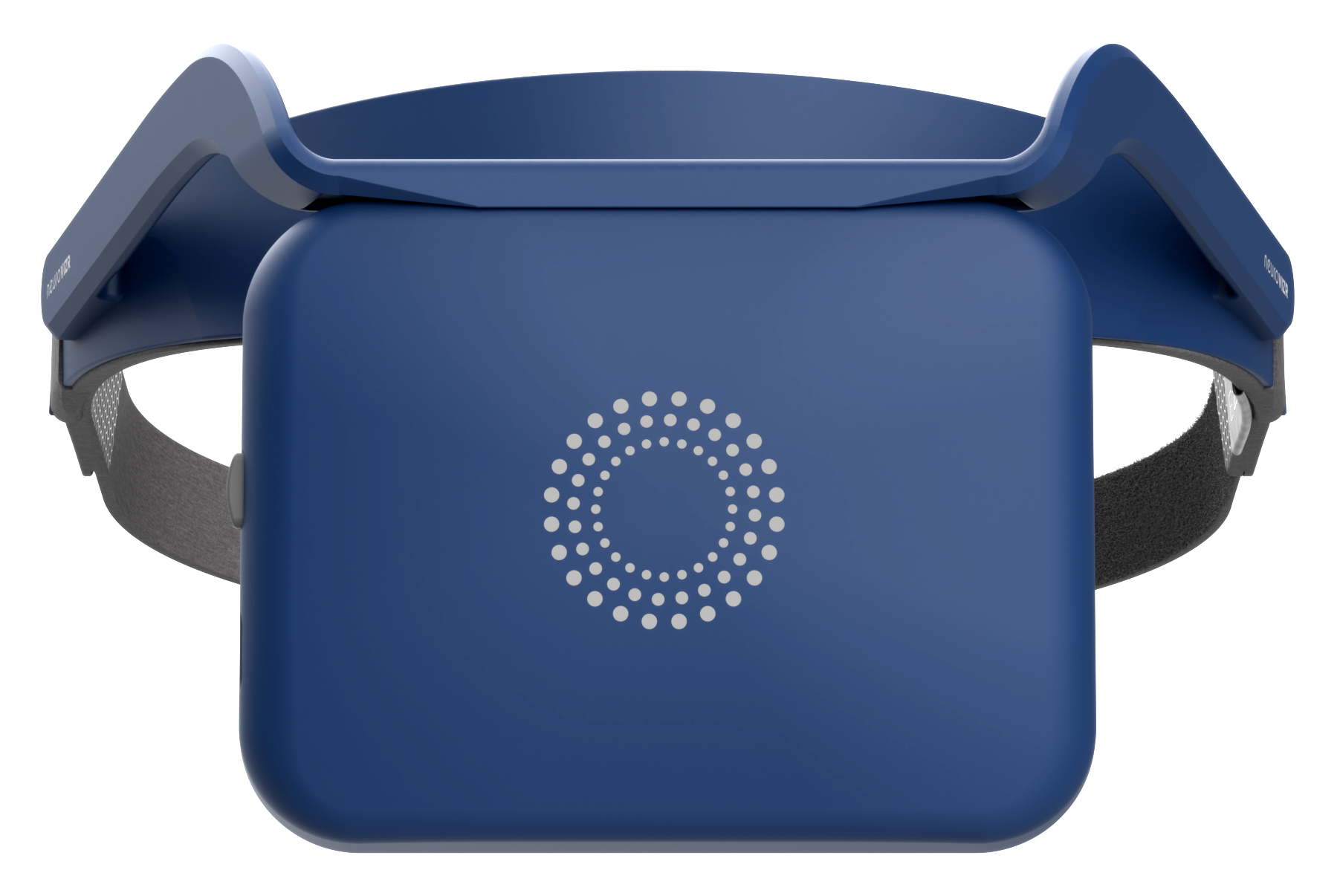


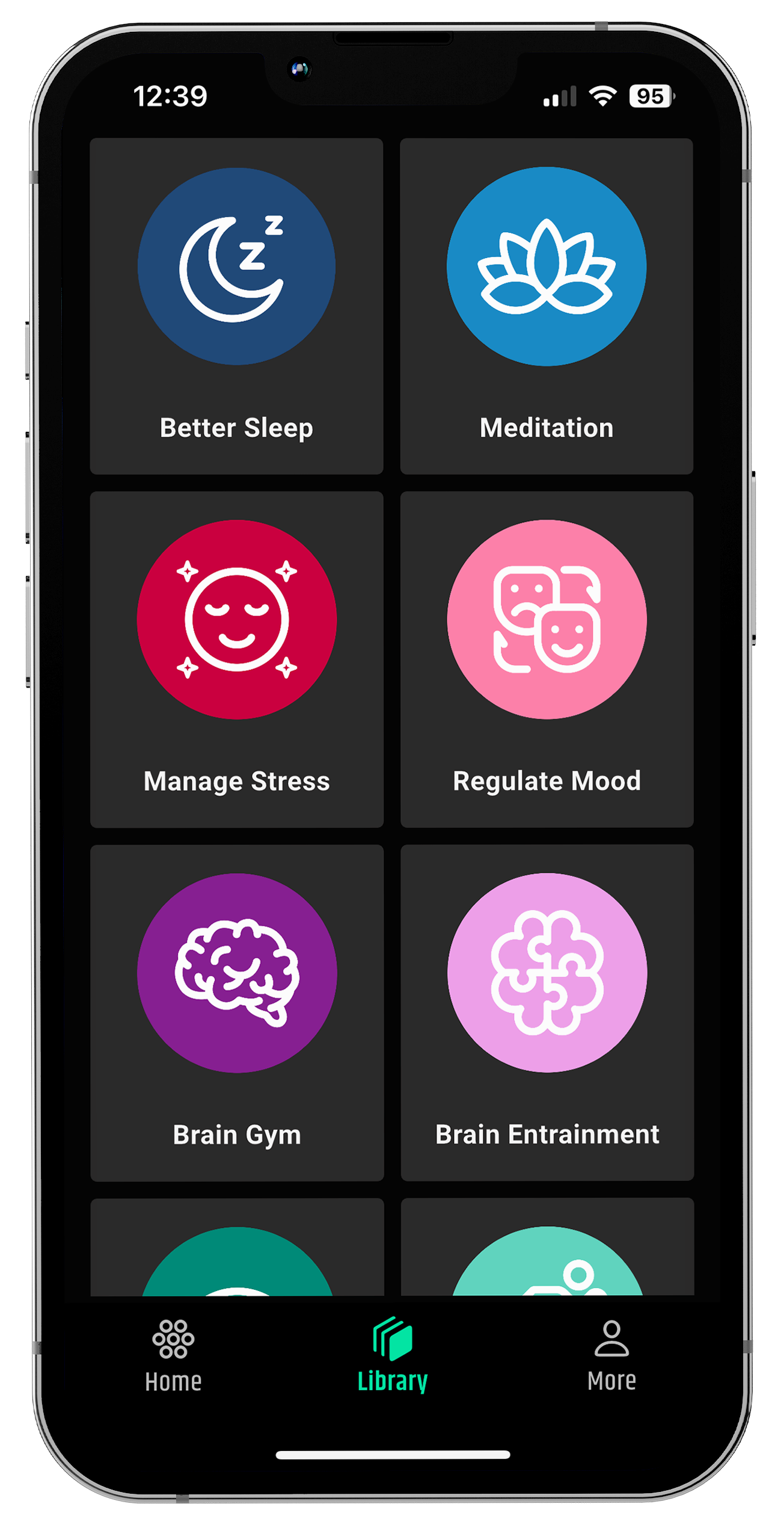
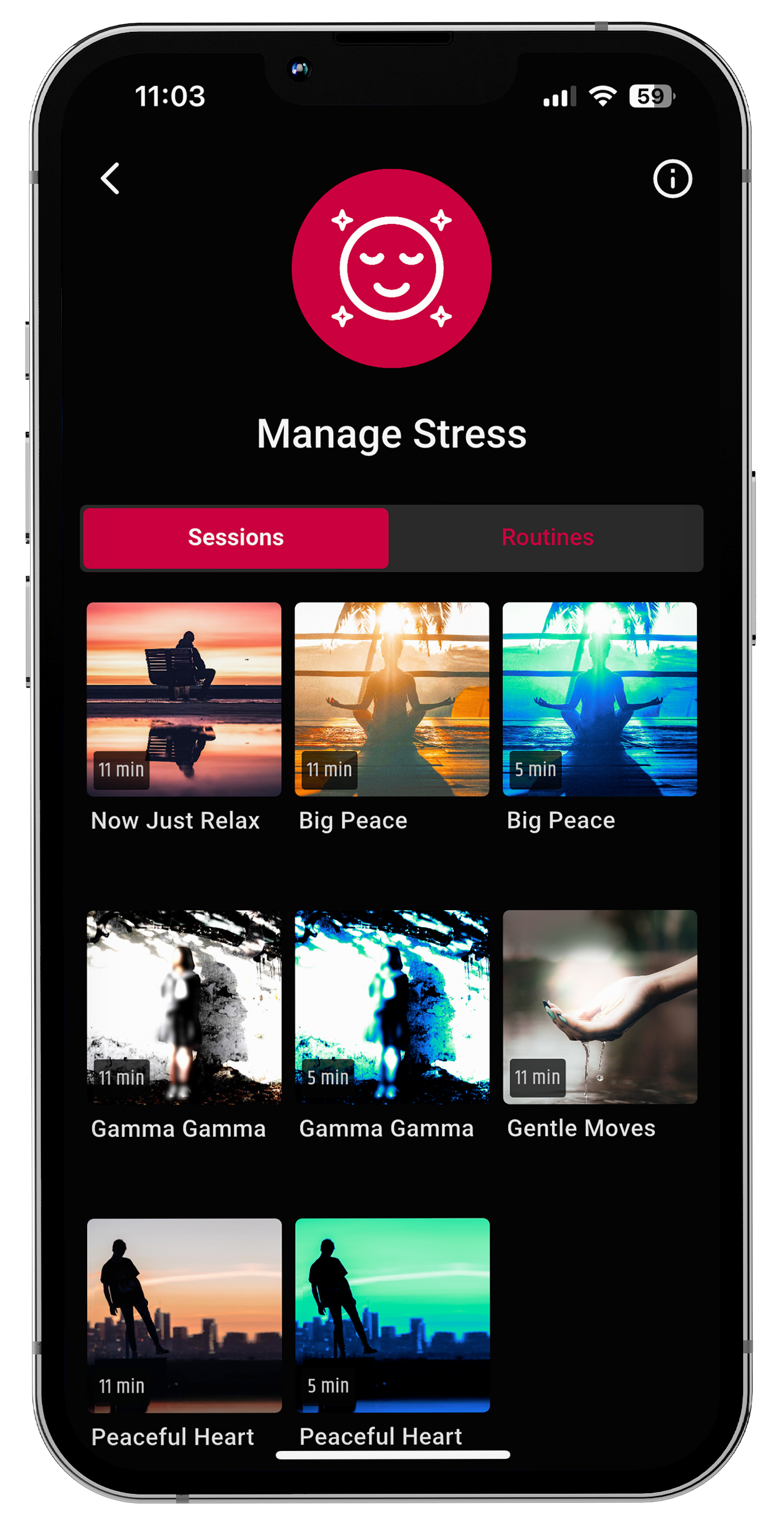

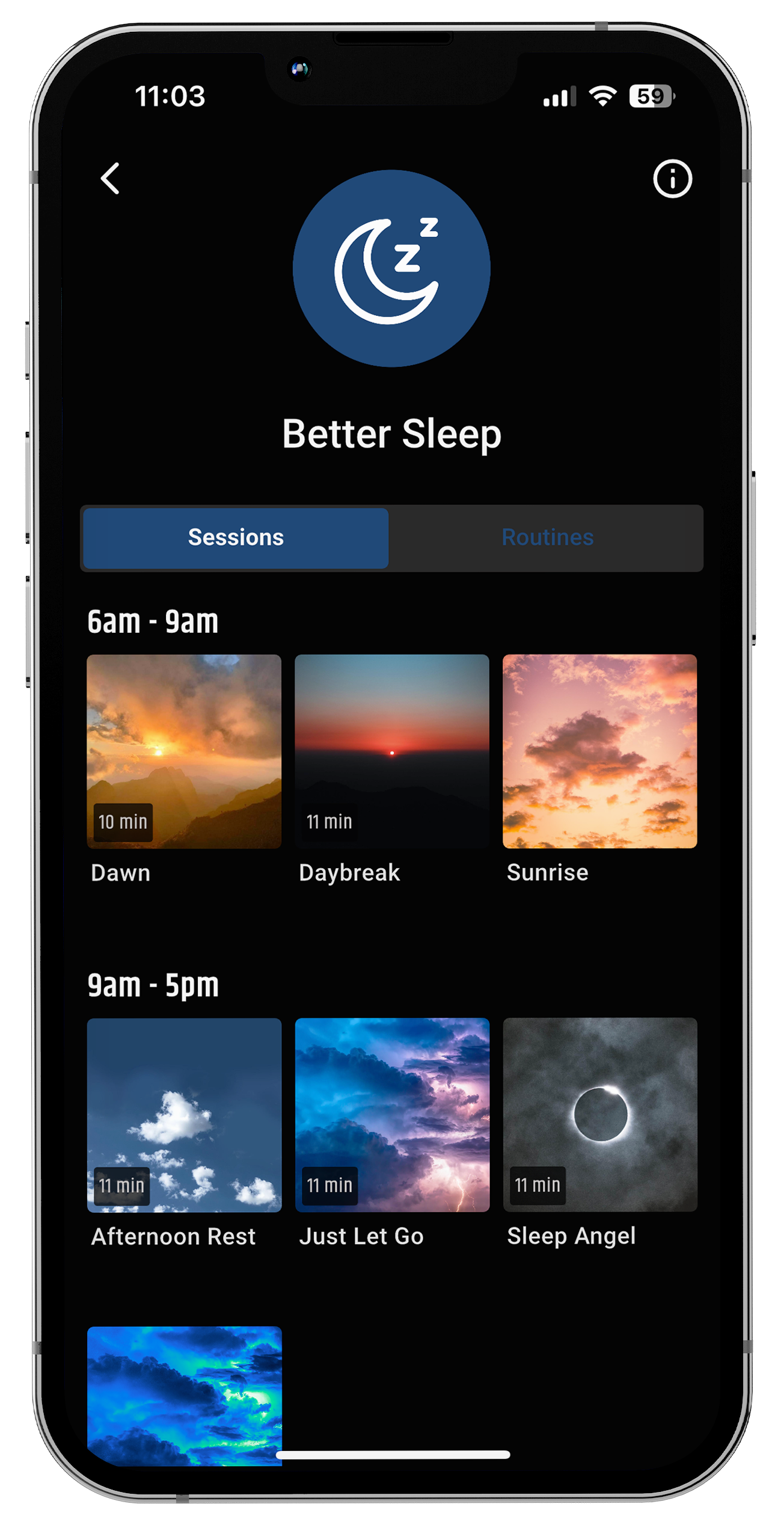
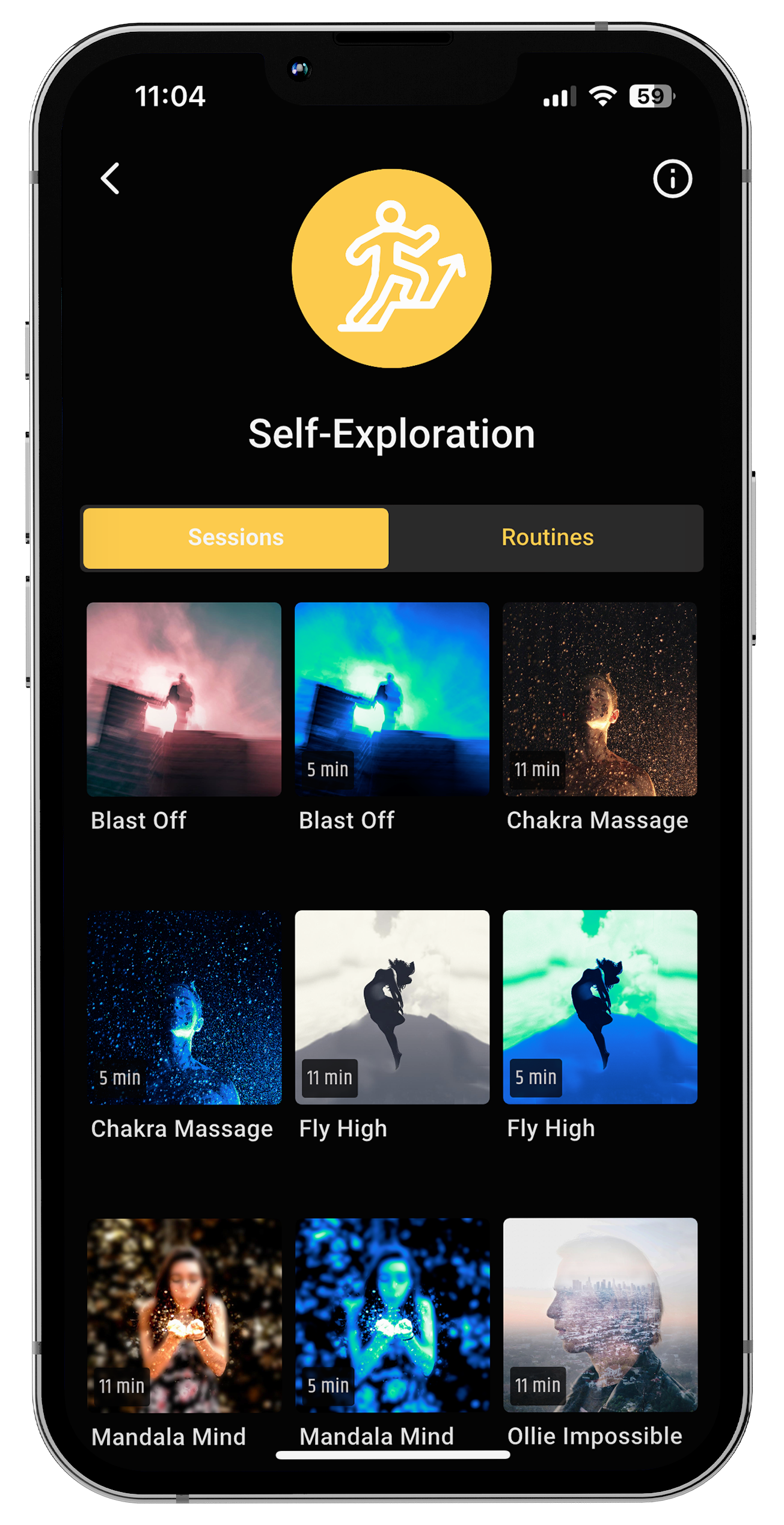









Share:
ADHD Burnout and Daily Repetition Explained
Prozac Attention Deficit Disorder